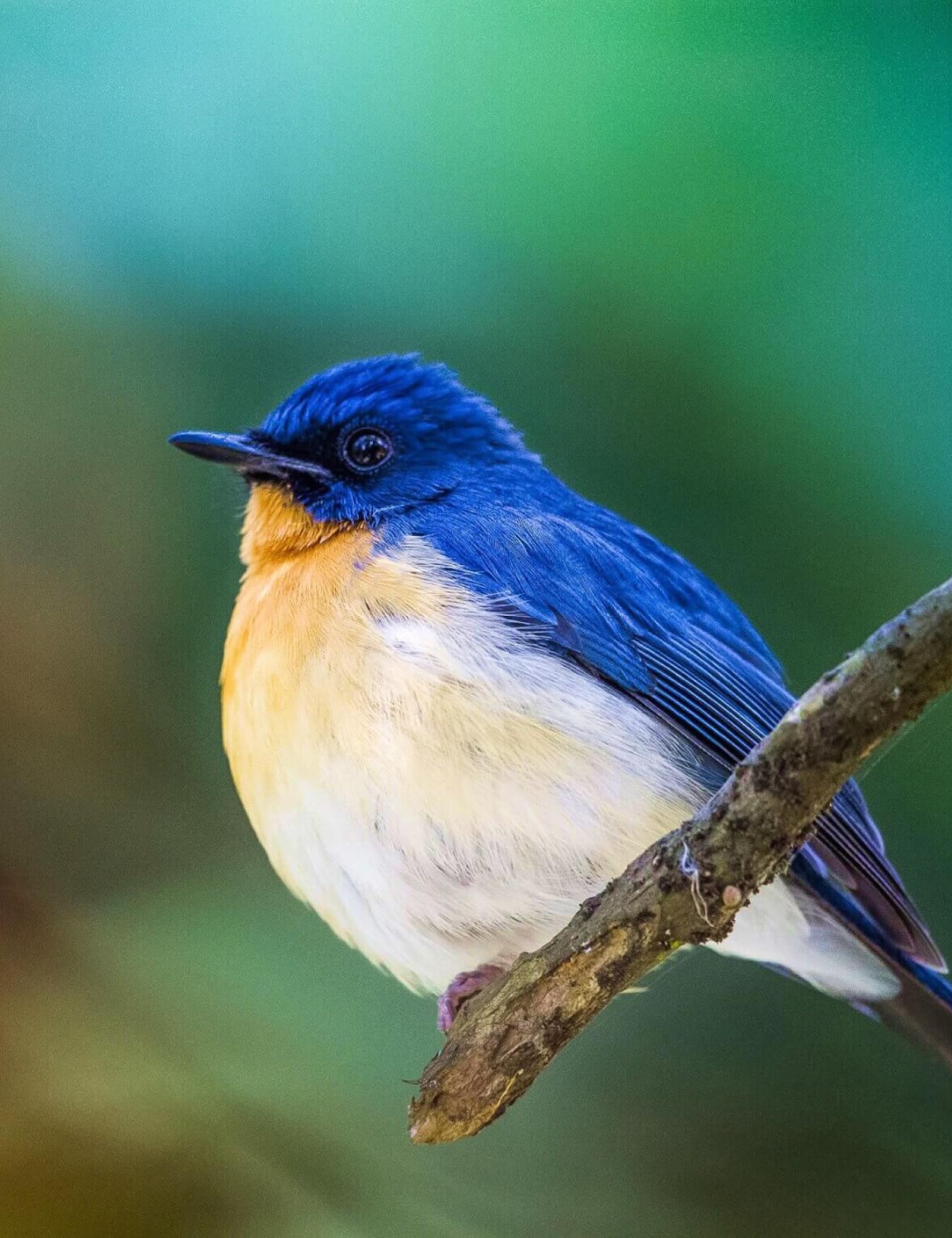Overview
The largest Corbett Tiger Reserve, Project Tiger, which is located in the Uttarakhand district of Nainital, contains the Jim Corbett National Park. Tiger diversity may be found throughout the majestic environment of Corbett. Corbett holds the distinction of being India’s oldest and most prominent National Park. It was first established in 1936 as Hailey National Park. As the site of Project Tiger’s initial launch in 1973, it is also recognised. The Project Tiger in India, which was created to protect the most endangered species and the Royal Wild Animal of India, the Tiger, is most famously recognised as the father of this Special Tiger Territory.
The state of Uttarakhand in northern India is home to the forested wildlife refuge known as Jim Corbett National Park. It is well-known because of its Bengal tigers and is abundant with wildlife. The Dhikala zone is home to a variety of animals, including tigers, leopards, and wild elephants. The Sonanadi zone, which is located just on the bank of the Ramganga Reservoir, is home to elephants, leopards, and hundreds of different species of birds.

Best Time to Visit
The monsoon season in Corbett lasts from July through September. Nature lovers would adore it because now is a fantastic opportunity to explore the area’s lush, verdant surroundings. Most of the year, Corbett National Park is open, although from July 1 through November 14, some areas of the park are closed.
Park Closure
Open: All Year Around
Close: July 01 to October 14
Safari Options: Jeep Safari, Canter Safari, Elephant Safari.

Fauna
Royal Bengal Tiger is one of the well-known species of animals inhabiting Jim Corbett. The park is an ideal home for many majestic animals like the Royal Bengal Tiger, Asiatic Elephant, and many other wild animals. Due to the healthy population of the wild today, Corbett is one of the best-preserved parks with 164 numbers of tigers and over 600 elephants. Apart from Royal Bengal Tiger Corbett is also home to a sizeable population of the endangered Asiatic elephant and other critically endangered species including the Gharial. Some of the other known mammal species residing in Corbett include Asiatic Black Bear, Hog Deer, Walking Deer, Sambar, Sloth Beer, Yellow-throated marten, Otters, and many more to list.
Flora
The Jim Corbett National Park is blessed with a natural bounty in the form of distinct flora which comprises freshwater flora and alpine flora. Extent over an area of more than 521 square kilometers the Corbett has a diverse floral count that is absolutely astonishing. The various habitat types of Corbett are occupied by Sal forests, Khair-Sisso forests, Mountains, Chaur, and rivers and streams that owe their distinct assemblage of plants. According to a botanical survey of India Corbett has 600 species of plants – trees, shrubs, ferns, grass, climbers, herbs, and bamboo. These many distinct varieties of plant kingdom make the national park sought-after wildlife destination for those who wish to relax from a hectic schedule of working throughout the year.

How to get there ?
By Air
By Rail
By Road
Partner Camps
Related Tour
No related tour found for this destination




